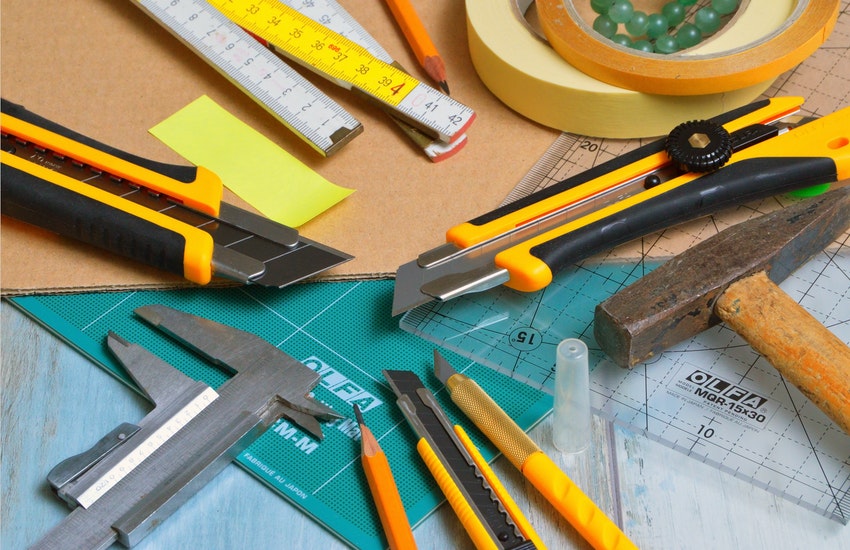
If you want to use tools for threading, or creating screw threads, you need a tap and die set. Both tools are used either for forming or cutting these threads and when it’s executed using a tap, it is called tapping; when done with a die, it is called threading. Sound complicated? Actually, it isn’t.
A tap is used to make the female part of a pair, such as a nut; while the die is used to make the male part, such as a bolt. Once you understand these basics, the next thing you need to know is a few of the techniques that professionals use when they’re in this field, and they are easier to execute than you think.
Just the Basics
Before we get started showing you how tap and die sets are utilized, it’s good to know that there are many different types of these tools, which are used mostly to make bolts and screws of various sizes and types. Some of the many types of taps and dies include:
- Circular dies
- Adjustable two-piece dies
- Second tap
- Plug tap
- Taper tap
With these tools, you can start the threads, deepen the threads, make longer threads, or make the threads in a single operation, to name a few. Companies that manufacture bolts and screws cannot usually make these items using just one tool, which is why so many of these taps and dies are available to them. This doesn’t mean the process is complex; it’s just a way of telling you that taps and dies are very versatile tools that can actually accomplish quite a lot.
How Do You Use a Tap and Die Set?
Much like any other skill, using taps and dies requires more practice than anything else. If you’re interested in just the basics, for now, keep reading because this is most of what you need to know to understand how these tools are used.
Determine the threads per-inch. The threads-per-inch (TPI) count is usually determined by some type of gauge system that uses a set of pins to determine this number for either a nut or a bolt. Determining the TPI for a bolt allows you to choose the right die for it.
Create brand-new threads. If you have worn-out bolts that need new threads, this is done using a die. Just place the bolt into a vise to keep it steady and let the wrench turn over it. Put cutting oil on the bolt so that it doesn’t create too much heat, then place the die horizontally over the bolt. Turn the wrench so that the die automatically cuts on the threads that have already cut into the bolt.
You can occasionally reverse the wrench a half a turn to enable the die to cut better and keep turning the wrench until the bolt comes past the top of the die.
Make a bolt with a steel rod. If you have a steel rod with a beveled end, you can easily make a bolt out of it. To do this, use your die set and make sure to lubricate the rod frequently. Turns should be made slowly, and most importantly, don’t expect to become an expert at this skill overnight. Have patience and it will work for you, and make sure you never use a flat-end rod.
Conclusion
Do you feel a little more comfortable and knowledgeable about tap and die sets now? These sets are high in quality and do what they are meant to do, but you do have to learn a few basics before you try this yourself. Although most tap and die sets are used by professional manufacturing companies, many DIY enthusiasts have the sets at home for various home projects.
Naturally, you can do more than just the above jobs when using taps and dies, but these few basics can help you get started. If you feel like you’ve learned something from this tutorial, leave us a comment below. If you’re reading this just out of curiosity and have always wanted to learn this skill, but didn’t know how to begin, there’s no time like the present to get started!
















